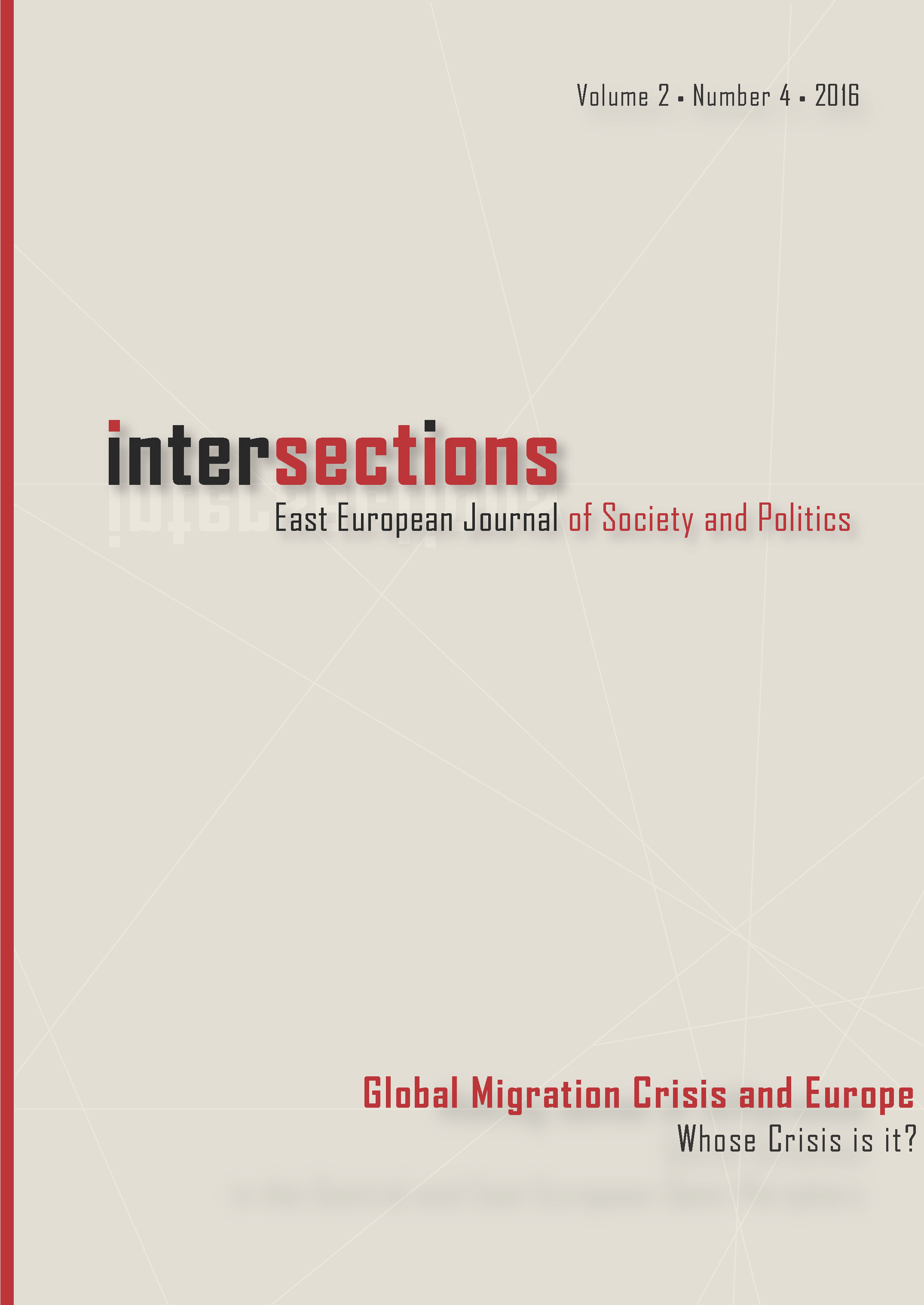Repertoires of Contention and New Media: The Case of a Hungarian Anti-billboard Campaign
Repertoires of Contention and New Media: The Case of a Hungarian Anti-billboard Campaign
Author(s): Zsófia NagySubject(s): Media studies, Migration Studies
Published by: MTA Társadalomtudományi Kutatóközpont Kisebbsegkutató Intézet
Keywords: social media; social movements; refugees; Central Eastern Europe; memes
Summary/Abstract: The so-called refugee crisis has had a profound effect on discourses all over Europe. While the issue of migration is a contested one everywhere, discourses are quite different in Central Eastern Europe than in the ‘old’ EU countries. A sharp increase in the number of refugees crossing Hungary during 2015, coupled with the Hungarian government’s agenda-setting strategy, led to a powerful and public anti-migrant campaign which sought to frame asylum-seekers as external threats to the country. While this campaign was by and large unchallenged by the Hungarian parliamentary opposition, the Two-Tailed Dog Party, a mock Hungarian political party, launched a counter-billboard campaign, attacking the governmental discourse. Taking the latter as a case of digitally supported civic action, the paper first discusses two theoretical problems related to digitally enabled social movements: the problem of voice, and the problem of participation. In both areas techno-pessimist authors have made strong claims: namely, that the internet creates ‘echo chambers’ that function as discursive enclaves, and that it leads to ‘slacktivism’ – a form of feel-good activism without significant impact. Afterwards, the paper presents the case of the Hungarian counter-billboard campaign and through the examination of its repertoire of activities reevaluates the above claims. It argues that the campaign’s action repertoire innovatively connected acts of feel-good activism in order to address wider audiences. With the help of the counter-billboard campaign, people with minority opinions were given a platform and visibility in the public. It also challenged official statements about the governments’ campaign through revealing inconsistencies in government communication. Through a process of mimetic engineering the original messages were altered and mocked in a satirical manner and the outcomes were brought back to the streets of Hungary. The campaign used an innovative combination of several low-cost activities, which proved to be a successful strategy. On a deeper level, the counter-campaign challenged hegemonic views about public discourse. The campaign effectively contrasted the government’s one-to-many, top-down approach to political communication with one that relied on many-to-many communication and a bottom-up approach.
Journal: Intersections. East European Journal of Society and Politics
- Issue Year: 2/2016
- Issue No: 4
- Page Range: 109-133
- Page Count: 25
- Language: English

